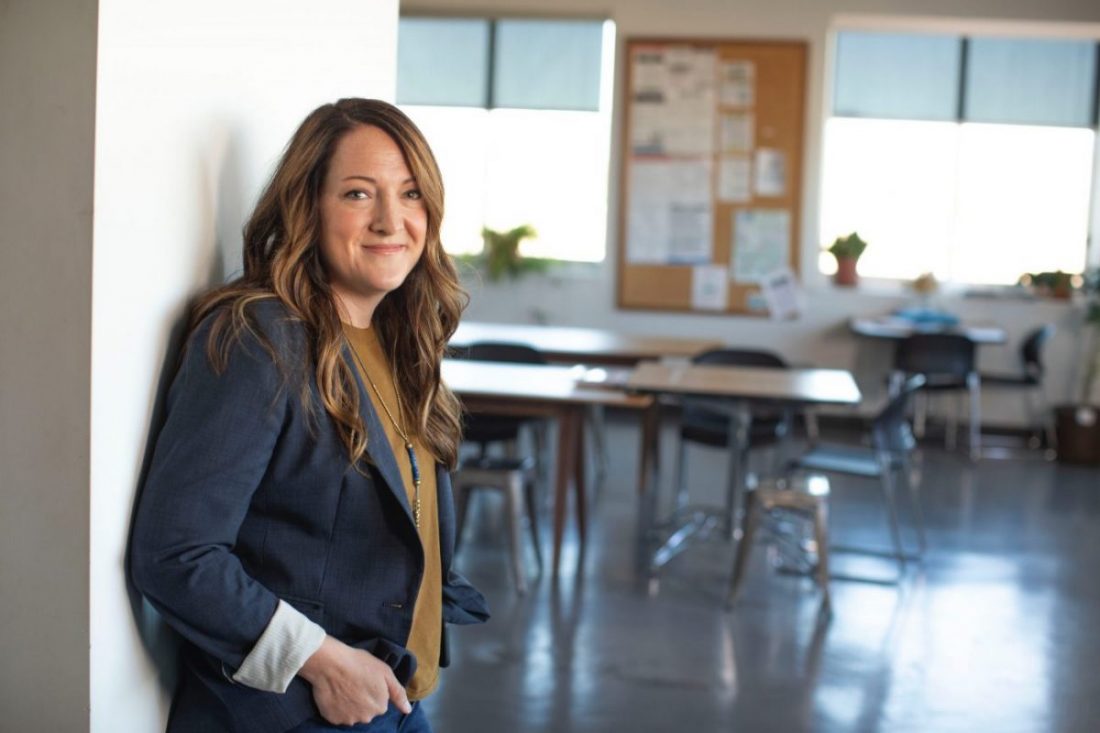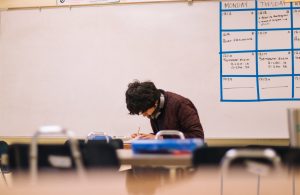
August 13, 2021, by Rupert Knight
What are the signature pedagogies of teacher education?
At a time when teacher education is under the spotlight, Rupert Knight revisits Lee Shulman’s idea of signature pedagogies as a way of developing shared, ambitious principles for the education of beginning teachers.
Learning to teach in England
In the last year, the process of learning to teach has come under renewed scrutiny in England. The mandatory Core Content Framework (CCF) for student teachers and Early Career Framework (ECF) for early career teachers prescribe a body of knowledge and skills for beginning teachers. More recently, the DfE’s associated ITT Market Review, recommends significant changes to initial teacher education programmes, detailing how this body of knowledge should be organised and delivered. These proposals have been much debated this summer and have brought into the spotlight differing perspectives on the nature of teaching and of learning to be a teacher.
At the heart of these reforms is an apparent belief that learning to teach is about beginning teachers acquiring a set of techniques that can be mastered and universally applied in an efficient manner. This can be seen in the focus on pupil learning as a process predominantly centred on teachers’ strategies to promote memorisation of knowledge. This assumption of best practice in turn is based on cognitive science principles which, while promising in many respects, currently have a limited classroom evidence base and are only one element within the complex process that is learning. Similarly, the ITT Market Review recommends that all initial teacher education courses follow rigorously sequenced content centred on focused practice of certain ‘components’ before moving onto more complex experiences. These are all based on a particular view of ‘human cognitive architecture’ which assumes that all beginning teachers can and will learn these through the same approaches.
Given some of the reactions to these reforms, as seen in responses to the market review from bodies representing both university and school-led providers of teacher education, perhaps the time is right to step back from the detail and see if there is scope for the sector to coalesce around a broader set of principles to underpin the development of beginning teachers.

Pedagogies for beginning teachers
The reforms mentioned above set out a minimum entitlement for beginning teachers and go beyond content to specify the pedagogical approaches to teacher education that beginning teachers must experience. These are presented as ‘Learn how to…’ statements in the ECF and CCF and articulate a process of coaching through cycles of ‘expert input’ (in the form of observation and discussion), practice, feedback and consequent improvement. While there is value in such a process, it represents only one of many approaches which might be combined and tailored to the individual. Some of my past posts in this blog series, for example, have looked at various aspects of the process of learning to teach, including:
• Tuning in to specific aspects of a teacher’s practice through focused observation
• Working with a set of core practices
• Rethinking the use of purposeful or deliberate practice
In the spirit of thinking beyond minimum entitlements, one way to think about a coherent approach to developing new teachers might be through the idea of signature pedagogies.
Signature pedagogies
The concept of a signature pedagogy was initially put forward by Lee Shulman in 2005 in this much-cited article. Shulman’s interest is in the characteristic forms of teaching and learning which define the nature of, and approach to, knowledge and expertise for particular professions. Shulman cites the clinical rounds and bedside diagnoses of groups of medical students on hospital practicums as one such example. Signature pedagogies have:
• a surface structure (observable strategies)
• a deep structure (assumptions about knowledge)
• an implicit structure (underlying beliefs and values)
Significantly, Shulman’s key argument for seeking coherent signature pedagogies for teacher education programmes is the importance of demonstrating to policy makers that this is a field that can ‘get its act together’ and can resist diluted forms of ITT. They allow us to present a coherent and rigorous approach to initial teacher education.
Three further points made by Shulman on this subject seem particularly pertinent at the current time:
1. While teacher education needs to have a systematic way of preparing professionals – set out through a signature pedagogy – this should not lead to a ‘narrow and mechanistic’ view of how to develop new teachers.
2. Signature pedagogies involve active student teacher engagement, or performance, but also uncertainty. Indeed, Shulman suggests that making judgments under uncertainty is a hallmark of professionalism. It prepares the beginning teacher for the unexpected.
3. Signature pedagogies acknowledge an affective or emotional dimension to professional learning: they have an influence on the values, disposition and character of the learner.
(Falk, 2006; Shulman, 2005).

Signature pedagogies and teacher education
So, what might constitute signature pedagogies for teacher education? A sensible starting point is to draw on the extensive research evidence on teacher education, since it is a well explored field with its own dedicated journals. As an example, this article from Yendol-Hoppey & Franco systematically analyses studies from one journal and identifies six recurrent ‘routines’:
– inquiry
– focused observation
– mentoring
– co-teaching
– reflection
– integrating coursework with fieldwork.
Each of these could be explored at Shulman’s three structural levels. To take one example, under the surface practices and tools of reflection, lies a deeper commitment to questioning assumptions and considering alternatives, whilst the implicit underpinning of all of this is the idea that teachers are knowledge creators.
While not advocating a checklist approach, I offer here some initial thoughts on a set of broad signature pedagogies. Each is exemplified but also qualified with a non-example. I suggest that rich and empowering teacher education includes:
Consistent interspersing of practical experience and other forms of learning
• For example: having opportunities for frequent experience of practice, beginning as early as possible, which can be deconstructed and analysed using a range of theoretical perspectives.
• But not: equating practical experience solely with increasing whole class teaching.
Observation of and dialogue with experienced teachers
• For example: undertaking focused observation of aspects of practice (live or recorded) with pre- and post-lesson dialogue to draw attention to salient features and the reasoning behind the practice.
• But not: aiming for mimicry of superficial features of another teacher’s practice.
Collaboration with experienced teachers and peers
• For example: working together to jointly plan, team-teach and evaluate lessons with a view to collaboratively exploring a specific aspect of practice or pupil learning.
• But not: viewing this only as something for the early weeks of practice and merely as a stepping stone to the ‘main event’ of planning and teaching independently.
Structured, incremental opportunities for elements of practice
• For example: focusing on complex core practices such as modelling, explanation and questioning involving small group work, team-teaching through a progressive process of observation, supported practice and reflection.
• But not: isolating a series of micro-routines to build a fixed repertoire which fit one specific school or class.
The development of professional judgment through reflection in and on action
• For example: reflecting on teaching and alternative possibilities, sometimes linked to filming or being observed, in an attempt to challenge assumptions and respond to the learning needs of the children being taught
• But not: attempting to find a universal solution or procedure.
Exposure to and engagement with a wide range of evidence types
• For example: considering the evidence relating to particular classroom practices, including what is known about any limitations, with a view to developing better-informed pedagogical reasoning and judgment (i.e. what might be the best bet under which conditions).
• But not: uncritically applying theory to practice on the basis of doing ‘what works’.
Inquiry into one’s own practice
• For example: acknowledging and embracing uncertainty by habitually identifying pertinent questions about learning and teaching and gathering evidence from daily practice to explore them, whether individually or collaboratively, in order to improve own teaching
• But not: restricting this to a formal research process that stands apart from day-to-day teaching
Over to you
These thoughts are offered as a starting point for consideration and debate. What would your signature pedagogies for beginning teachers be? How would you add to or adapt these ideas?
References
Shulman, L. (2005) Signature pedagogies in the professions, Daedalus, 134(3): 52-59.
Falk, B. (2006) A conversation with Lee Shulman – signature pedagogies for teacher education: defining our practices and rethinking our preparation, The New Educator, 2: 73-82.
No comments yet, fill out a comment to be the first

Leave a Reply